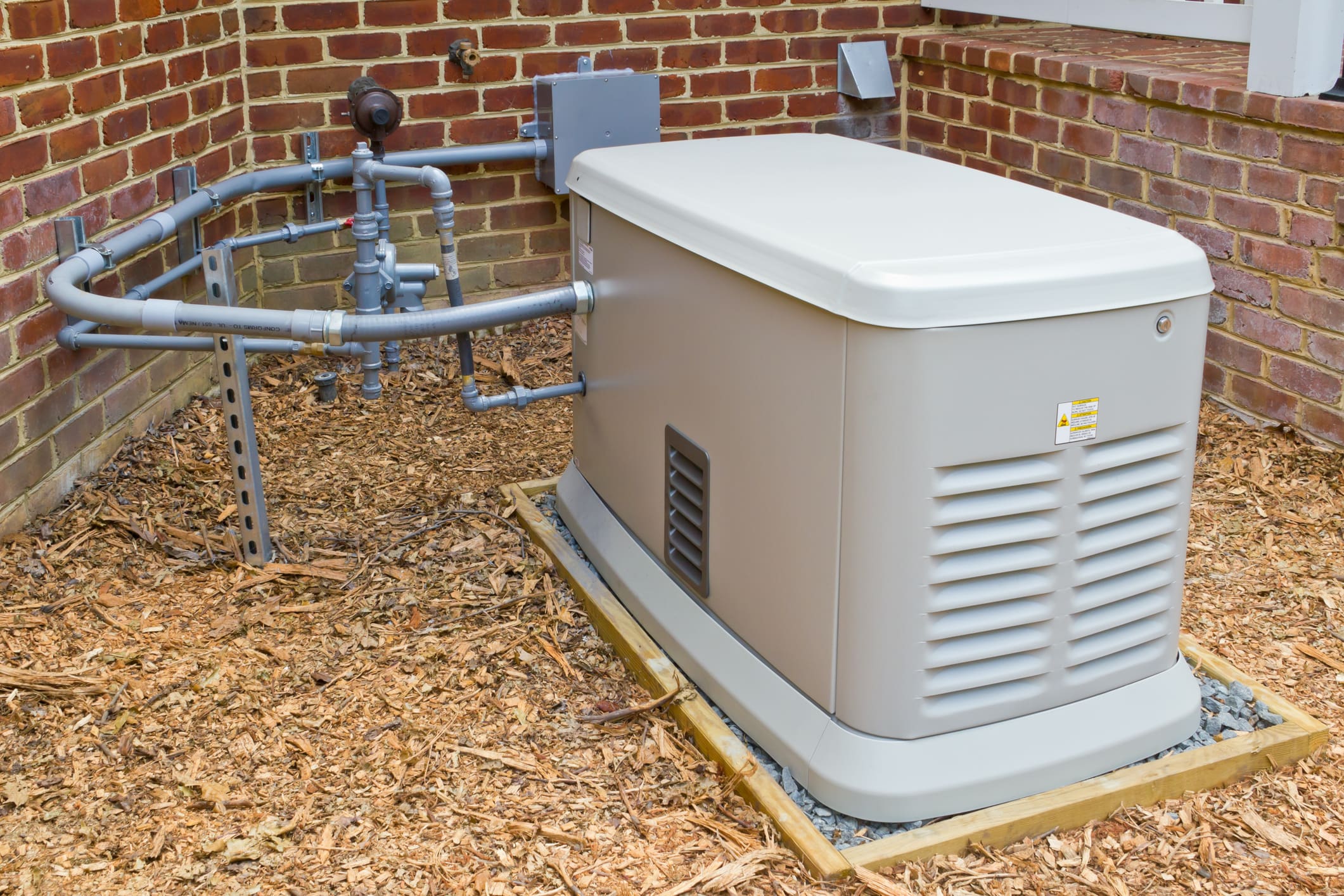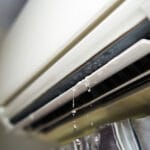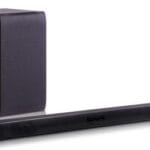To fix a surging generator, first stabilize the unit by adjusting the carburetor and checking the fuel quality. Ensure the air filter is clean for optimal performance.
Generators are essential for providing power during outages, making their maintenance critical for reliability. A surging generator, which fluctuates in power output, can be both annoying and harmful to connected devices. This common issue often stems from fuel or air intake problems.
Addressing it promptly can extend the life of your generator and ensure it’s ready when you need it most. Keeping a generator running smoothly requires regular checks and understanding the basics of its operation. By focusing on key areas such as the carburetor, fuel system, and air intake, you can often solve surging issues and improve efficiency.
Symptoms Of A Surging Generator
Generators are essential for reliable power. Surging signals issues. It’s important to recognize these symptoms early. Quick fixes restore smooth operation. Let’s explore the common signs.
Identifying Surging Issues
Surging, also known as ‘hunting’, is erratic. A steady power flow becomes a series of waves. This affects performance.
- Power fluctuations – Lights flicker or dim.
- Sound changes – The engine’s hum varies in pitch.
- Engine speed varies without load changes.
Common Signs Of Generator Instability
Stability is key for generators. Surging manifests through different signs. Awareness helps in quick diagnosis.
| Sign | Description |
|---|---|
| Erratic Output | Electrical output swings unexpectedly. |
| Engine Stalls | Generator engine stops, then starts again. |
| Fuel Consumption | Irregular usage indicates surging issues. |
Safety First
Generators are vital for power backup. Yet, they can surge. Surging generators need careful handling. Safety is paramount. Before fixing surges, know the risks. Proper precautions are a must. Let’s dive into safety measures for a secure fix.
Precautionary Measures
Always prioritize safety. A surging generator can be hazardous. Follow these steps to stay safe:
- Turn it off. Always start by powering down the generator.
- Wait for cooling. Hot surfaces can burn. Let the generator cool first.
- Work in ventilated areas. Generators emit carbon monoxide. Ensure good airflow.
- Use protective gear. Gloves and goggles protect against injury.
- Check surroundings. Keep flammable materials away from the workspace.
Tools And Equipment Needed
Correct tools make the job easier and safer. Gather these before starting:
| Tool | Use |
|---|---|
| Screwdrivers | Open the generator casing |
| Wrenches | Tighten or loosen bolts |
| Multimeter | Test electrical components |
| Cleaning supplies | Clean dirty components |
| Replacement parts | Replace faulty components |
Basic Troubleshooting Steps
Is your generator pulsing or surging? Don’t worry. Common issues can cause this. Let’s find and fix them together. Simple checks often solve the problem. Follow these steps to get your generator running smoothly again.
Checking The Fuel System
Fuel quality is key. Bad fuel leads to engine surges. Do these:
- Drain old or contaminated fuel.
- Clean the fuel tank.
- Refill with fresh fuel.
- Check the fuel filter.
- Replace it if dirty or clogged.
These steps ensure clean fuel reaches the engine.
Inspecting Air Flow And Filters
Good air flow is crucial. A dirty air filter restricts it. Follow these tips:
- Turn off the generator.
- Locate the air filter.
- Remove and examine it.
- Clean or replace if needed.
Clean filters help your generator run smoothly.
Fuel System Fixes
Let’s dive into Fuel System Fixes for a surging generator. A stable fuel system keeps your generator running smoothly. Dirty components often cause surges. We will focus on two major fixes: cleaning the carburetor and replacing fuel filters and lines.
Cleaning The Carburetor
The carburetor mixes fuel with air to create a combustible mix. A dirty carburetor can lead to surging. Follow these steps to clean it:
- Turn off the generator and let it cool.
- Remove the carburetor cover using a screwdriver.
- Take out the carburetor carefully.
- Use a carburetor cleaner spray to clean all parts.
- Let the parts dry completely before reassembling.
- Put everything back together and test the generator.
Replacing Fuel Filters And Lines
Fuel filters and lines can get clogged with debris. This disrupts fuel flow, causing surges. Replace them with these steps:
- Locate the fuel filter and lines on your generator.
- Remove the old fuel filter and lines.
- Install new fuel lines and a new filter.
- Ensure all connections are secure.
- Test the generator to check for smooth operation.
Regular maintenance prevents future surges. Check these parts during routine inspections.
Electrical Component Inspection
Electrical Component Inspection is crucial for fixing a surging generator. This step ensures the generator’s heart, its electrical system, works well. A bad electrical part often causes power surges. We will focus on two main parts: the spark plug and the ignition coil.
Examining The Spark Plug
First, check the spark plug. It’s a key part for starting your generator. A dirty or damaged spark plug can cause power issues. Follow these steps:
- Turn off the generator.
- Remove the spark plug with a socket wrench.
- Look at the plug. Is it dirty or damaged?
- Clean it with a wire brush or replace it if it’s bad.
- Put the clean or new plug back and tighten it.
Testing The Ignition Coil
The ignition coil sends power to the spark plug. A bad coil means no spark and no start. Here’s how to test it:
- Find the ignition coil. It’s near the spark plug.
- Disconnect the coil’s wire from the spark plug.
- Use a multimeter to check the coil’s resistance.
- A high reading means the coil is bad. Replace it.
Remember, safety first. Always wear protective gear. Consult your generator’s manual for specific details. These steps help keep your generator running smoothly.
Governor Adjustment And Stabilization
Generator surging can be a sign of fuel or engine issues. The governor plays a key role in maintaining engine speed. Adjusting the governor can stabilize the generator’s performance. This section explains how to adjust the governor on a generator.
Understanding Governor Function
A generator governor controls engine speed. It responds to varying power loads. The governor keeps the engine running smoothly under different conditions.
Step-by-step Adjustment Process
- Turn off the generator.
- Locate the governor arm and spring.
- Loosen the nut on the governor arm.
- Move the arm to increase or decrease engine speed.
- Tighten the nut while holding the arm in place.
- Start the generator and observe the engine speed.
- Make fine adjustments as needed.
- Ensure the generator runs smoothly at all loads.
Correct governor adjustment ensures your generator runs efficiently. It minimizes wear and tear. It also saves fuel. Always refer to the generator’s manual before making adjustments.
Dealing With Environmental Factors
Dealing with Environmental Factors can make or break your generator’s performance. Generators often face issues when operating in conditions they’re not designed for. This section will explore how temperature and altitude, as well as weather conditions, can cause your generator to surge and how to optimize its performance accordingly.
Effect Of Temperature And Altitude
Generators rely on the right conditions to run smoothly. Extreme temperatures can affect fuel efficiency, while high altitudes can reduce air density, impacting engine combustion. These factors can lead to a surging generator, which means it’s running erratically.
- Cooler temperatures may thicken oil, straining the engine.
- Warmer temperatures can lead to overheating.
- Higher altitudes mean less oxygen for fuel combustion.
To fix surging, adjust the carburetor for altitude changes. Use the right oil grade for temperature ranges. Ensure proper ventilation to avoid overheating.
Optimizing For Weather Conditions
Weather conditions can impact your generator’s efficiency. Rain, snow, and humidity can lead to power fluctuations. Protect your generator from direct exposure to these elements to prevent surging.
- Install a protective cover or enclosure.
- Ensure adequate airflow to avoid moisture build-up.
- Use dry fuel to prevent moisture in the engine.
By optimizing your generator for the weather, you can maintain steady power output. Regular maintenance checks are crucial for peak performance.

Credit: cheselectric.com
Professional Help Vs. Diy
When your generator surges, deciding between professional help and a DIY approach is crucial. Surging can lead to unstable power and damage appliances. It’s essential to address the issue promptly. Let’s explore when to seek a technician’s help and the advantages of expert servicing.
When To Call A Technician
- Complex issues: Unfamiliar with generator components? A technician should handle it.
- Safety concerns: Working with electricity can be dangerous. Professionals ensure safety.
- Warranty preservation: DIY repairs might void your warranty. Technicians maintain it.
Benefits Of Professional Servicing
Expertise and experience lead to accurate diagnostics and repairs. Technicians have the tools and know-how to fix surges quickly and effectively. They also provide long-term solutions that prevent future problems, ensuring your generator runs smoothly. Lastly, professional servicing includes a service warranty, giving you peace of mind.
Maintenance To Prevent Future Issues
Generators ensure power stays on when you need it most. Proper maintenance prevents future surges. This guide outlines key steps to keep generators running smoothly.
Regular Service Schedule
Timely servicing extends generator life. It prevents surges before they start. Follow the manufacturer’s recommended schedule for best results. Check oil, filters, and spark plugs regularly.
- Inspect battery terminals every month.
- Replace oil and air filters as advised.
- Clean spark plugs for efficient fuel usage.
Long-term Care Tips
Long-term care ensures your generator’s reliability. Prevent issues with these tips:
- Store fuel properly to avoid contamination.
- Run the generator monthly for 30 minutes.
- Keep the generator dry and clean.
| Action | Frequency |
|---|---|
| Check oil level | Every 50 hours of use |
| Test battery | Every 6 months |
| Inspect hoses | Annually |

Credit: rvelectricity.substack.com

Credit: m.youtube.com
Frequently Asked Questions
What Causes Generator Surging?
Generator surging is typically caused by uneven engine running, often due to fuel mixture issues, dirty carburetors, or faulty spark plugs.
Can Old Fuel Cause Generator Problems?
Yes, old or stale fuel can lead to clogging and varnish, which may cause the generator to surge or run erratically.
How Do I Clean A Generator Carburetor?
To clean a generator carburetor, first, remove it from the generator, then disassemble and use carburetor cleaner to remove debris and build-up.
What’s The Role Of The Spark Plug In Generators?
The spark plug ignites the fuel in the combustion chamber, and a faulty one can lead to a surging generator and poor engine performance.
Is It Easy To Adjust A Generator’s Governor?
Adjusting a generator’s governor can be done with some mechanical knowledge, but it requires careful attention to the manufacturer’s specifications and safety precautions.
Conclusion
Tackling generator surges can be straightforward with the right approach. Remember, regular maintenance is key to preventing future issues. Follow the steps outlined, and your generator should run smoothly. Should complexities arise, don’t hesitate to consult a professional. Keep your power source in top condition and enjoy uninterrupted service.




